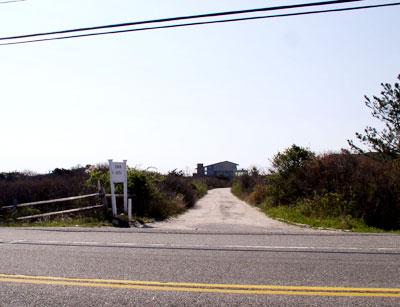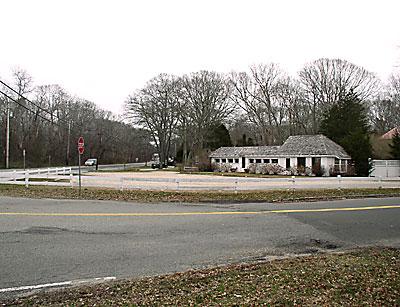Aviation Lawyer Here Again
Aviation Lawyer Here Again
Peter Kirsch, an attorney serving as East Hampton Town’s consultant on airport matters, will speak to the town board at a 10 a.m. work session on Tuesday at Town Hall.
Mr. Kirsch has been asked to discuss information provided by the Federal Aviation Administration in response to questions that Representative Tim Bishop submitted to the agency.
In its memo, the F.A.A. for the first time directly addressed the agency’s stance and likely response should the town decide to reject further federal grants in order to obtain more local control over the airport, such as the ability to limit its use in order to reduce noise.
At a board work session on Tuesday, Kathy Cunningham, who was chairwoman of the town’s airport noise abatement advisory committee before it was disbanded last year and is now the head of the Quiet Skies Coalition, asked the board to consider several things before committing to a course of action.
Ms. Cunningham said that should the board accept federal airport grants but choose to pursue the F.A.A.’s permission to enact noise-related airport restrictions through a process laid out by the agency, several elements should be considered.
The F.A.A. has granted a municipality the authority to enact its own restrictions at only one airport in the country, she said — in Naples, Fla., and only after being ordered to do so by the court.
In order to make a case to the F.A.A. for localized restrictions, the town must first prove to the agency that there is a noise problem. But, Ms. Cunningham said, the F.A.A. uses a “flawed measuring tool” to determine whether there is enough noise to warrant restrictions. Instead of tallying individual events in which noise exceeds a particular standard, the F.A.A. averages noise events that occur day or night over a year. Only if they exceed an average of 65 decibels would the F.A.A. agree that there is a noise problem; however, that level is greater than the maximum noise level allowed in East Hampton Town Code, Ms. Cunningham pointed out.
By that standard, and with seasonal differences in use of the airport, the only place the F.A.A. would acknowledge a noise problem “would be on the airport footprint,” she said.
“This is one of the reasons that I would strongly recommend you not go in that direction,” she said of seeking F.A.A. approval for local airport use restrictions.
Another, she said, is that the F.A.A.-required noise study and standards is not applicable to all the types of aircraft, such as seaplanes, that cause noise problems here.



